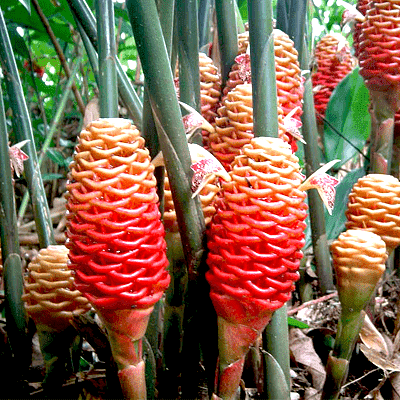
Beehive Ginger, Zingiber spectabile - Plant
(MRP Inclusive of all taxes)
- Shipping ₹79 for entire order
- Dispatch in 7 days
- Country of origin: India

(MRP Inclusive of all taxes)
 Save 29%
Save 29%
Air Purifier Money Plant with Pot The Air Purifier Money Plant, also known as Pothos or Epipremnum aureum, is a stunning indoor plant that...
View full details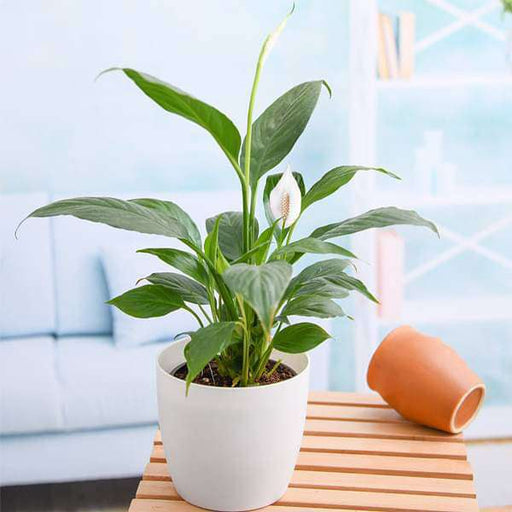
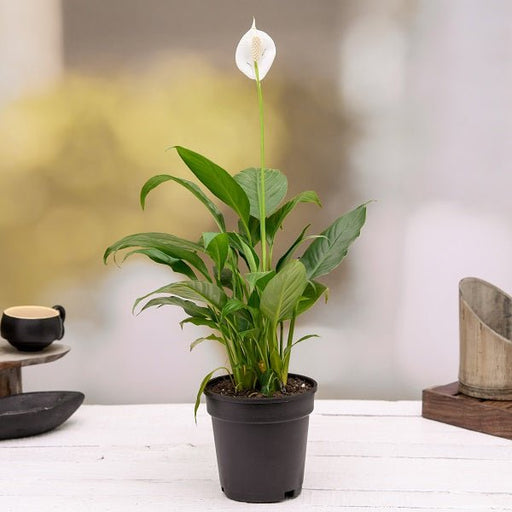 Save up to 15%
Save up to 15%
Peace Lily, Spathiphyllum - Plant The Peace Lily, scientifically known as Spathiphyllum, is a stunning houseplant celebrated for its elegant white...
View full details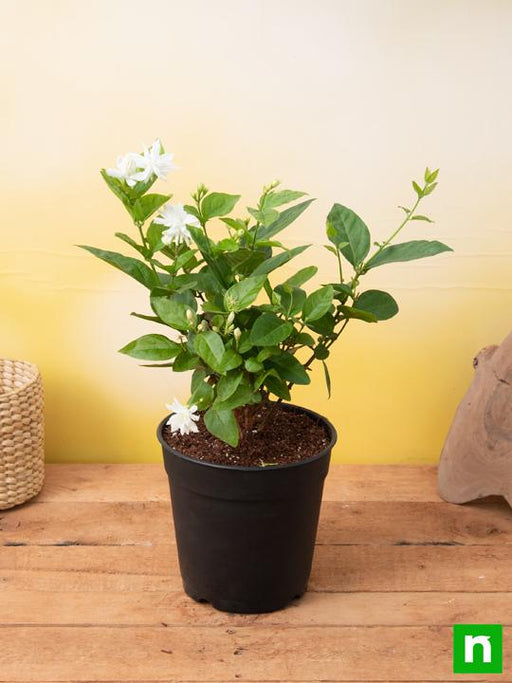
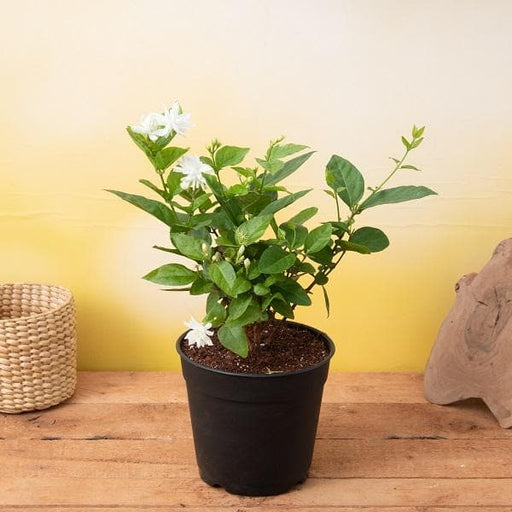 Save 25%
Save 25%
Jasminum sambac, Mogra, Arabian Jasmine - Plant Jasminum sambac, commonly known as Mogra or Arabian Jasmine, is a fragrant flowering plant...
View full details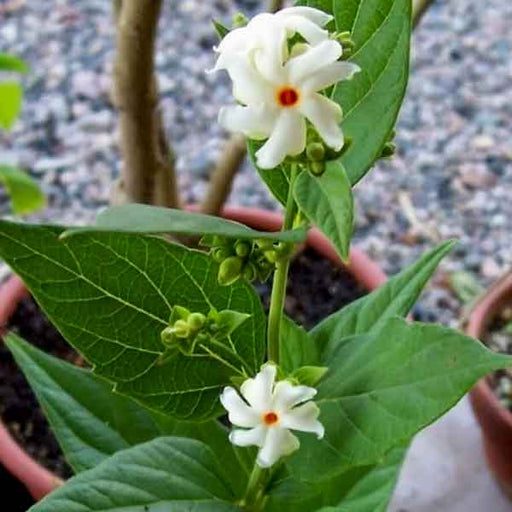
 Save 18%
Save 18%
Combo Constituents Includes the Parijat Tree (Night-Flowering Jasmine), a culturally significant plant with fragrant flowers. Description The Pari...
View full details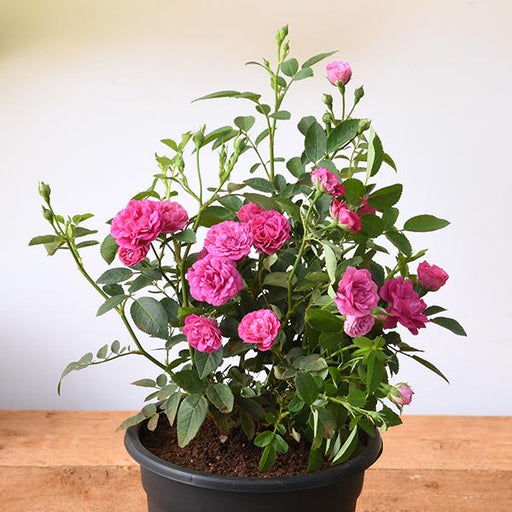
 Save 25%
Save 25%
Miniature Rose, Button Rose (Any Color) - Plant The Miniature Rose, also known as the Button Rose, is a charming and compact flowering plant that ...
View full details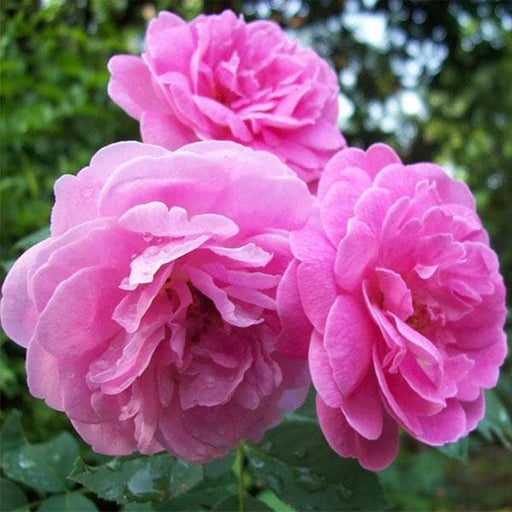 Save 25%
Save 25%
Damascus Rose, Scented Rose (Any Color) - Plant The Damascus Rose, also known as Rosa damascena, is a timeless symbol of beauty and romanc...
View full details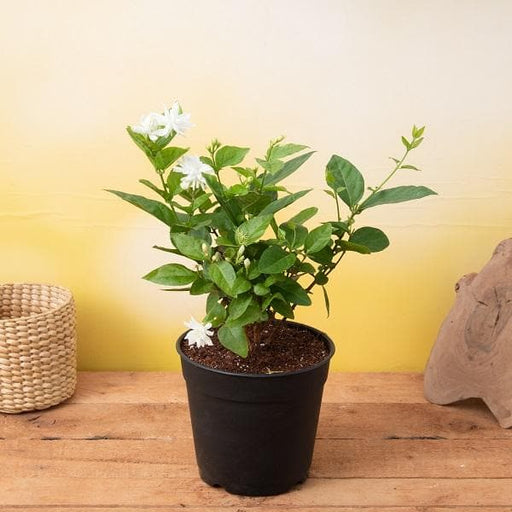
 Save 17%
Save 17%
Beautiful Fragrant Mogra, Arabian Jasmine Plant with Pot The Beautiful Fragrant Mogra, also known as Arabian Jasmine (Jasminum sambac), is...
View full details Save 15%
Save 15%
Pack of Vermicompost and Neem Cake for House Plants Transform your indoor garden with our premium Pack of Vermicompost and Neem Cake, spec...
View full details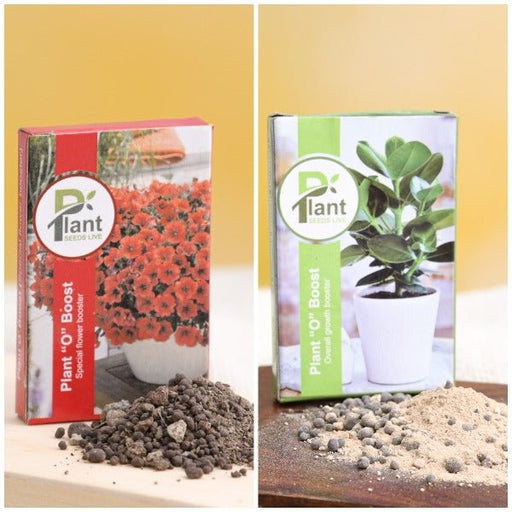
Pack of Plant Growth and Flower Boosters Unlock the full potential of your garden with our Pack of Plant Growth and Flower Boosters! This ...
View full details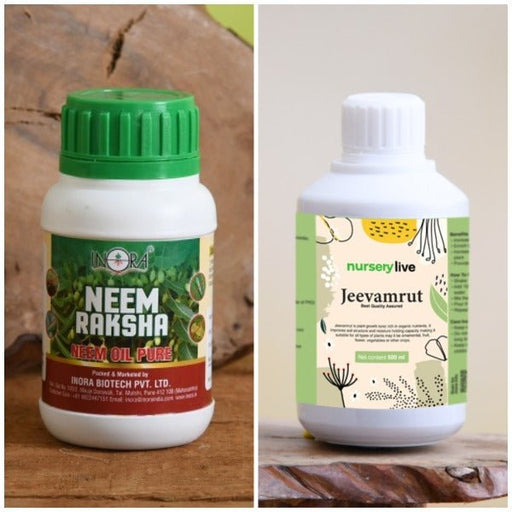 Save 38%
Save 38%
Combo of Jeevamrut and Neem Raksha for Easy Growth and Protection of Houseplants Transform your indoor garden with our exclusive combo of ...
View full details Save 22%
Save 22%
Plant Nutrients Kit (Pack of 16) for a Healthy Garden Transform your garden into a lush paradise with our Plant Nutrients Kit, featuring 1...
View full details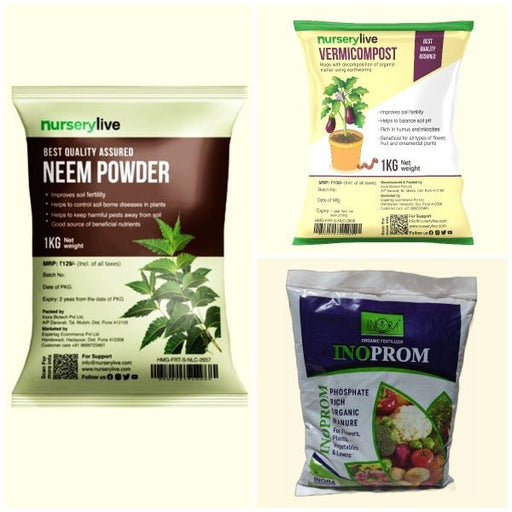 Save 16%
Save 16%
Combo of Top Plant Fertilizers Elevate your gardening game with our exclusive Combo of Top Plant Fertilizers, featuring two bags of premiu...
View full details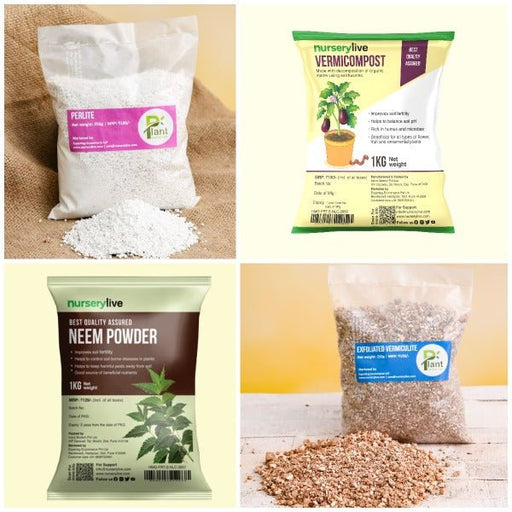 Save 24%
Save 24%
Pack of 4 Additives to Make Soil Healthy and Nutrient Rich Transform your garden into a thriving ecosystem with our Pack of 4 Additives de...
View full details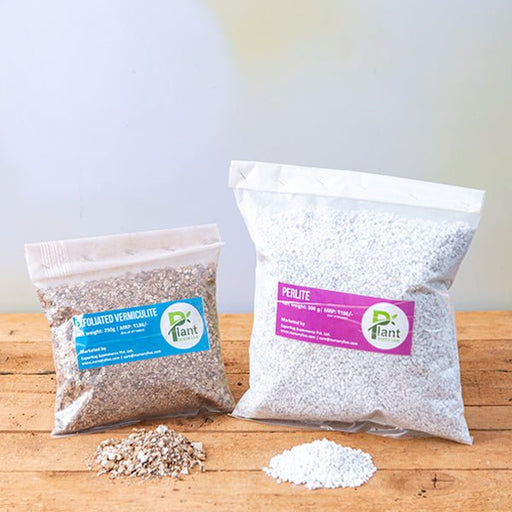 Save 30%
Save 30%
Transform your gardening experience with our premium Combo of Perlite and Vermiculite. This unique blend is designed to enhance soil aeration and ...
View full details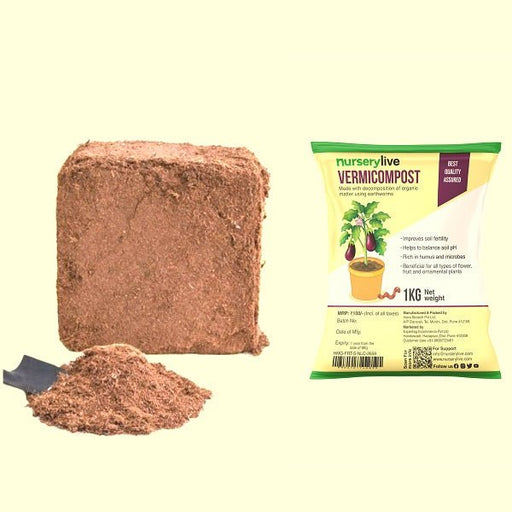 Save 27%
Save 27%
Combo of 2 Vermicompost and Cocopeat - Enrich Your Soil Naturally! Transform your garden into a thriving ecosystem with our Combo of 2 Ver...
View full details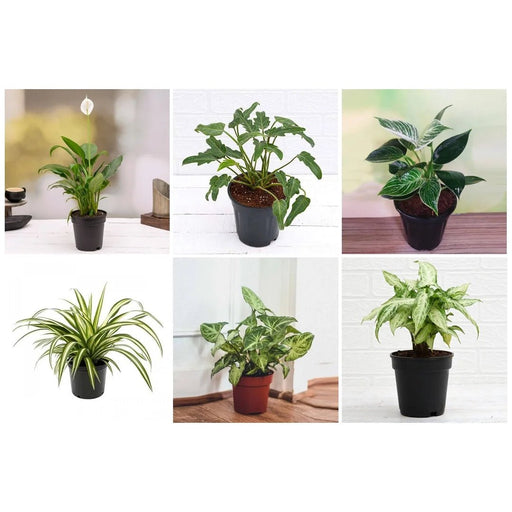
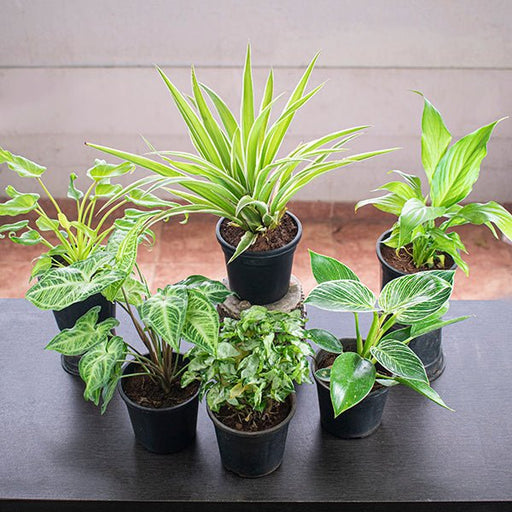 Save 35%
Save 35%
Best 6 Plants for Perfect Indoor Garden Transform your living space into a lush oasis with our curated collection of the Best 6 Plants for a...
View full details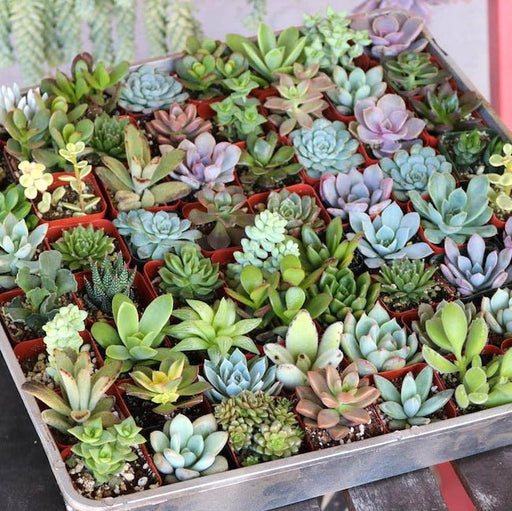
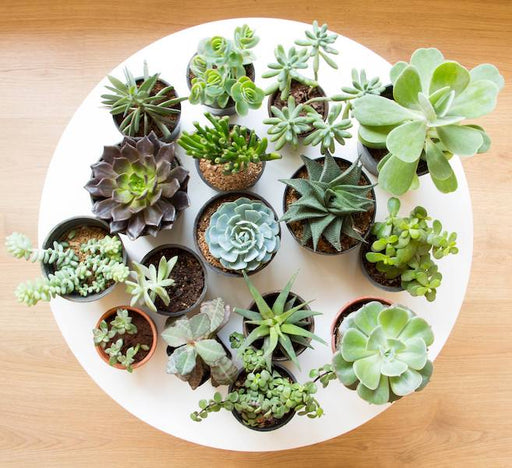 Save up to 50%
Save up to 50%
Mini Succulent Garden Pack Transform your space with our Mini Succulent Garden Pack, featuring a delightful collection of 4 any variety beautiful s...
View full details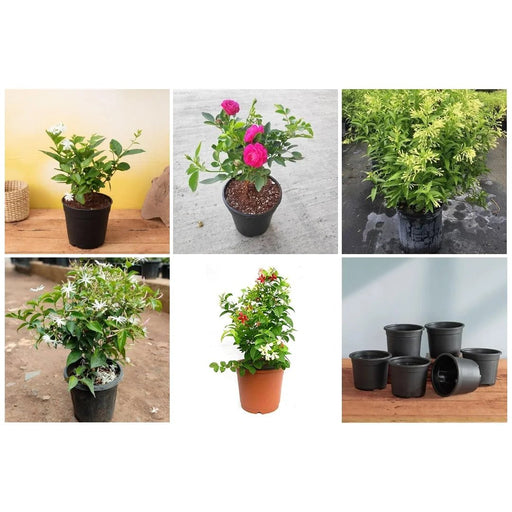
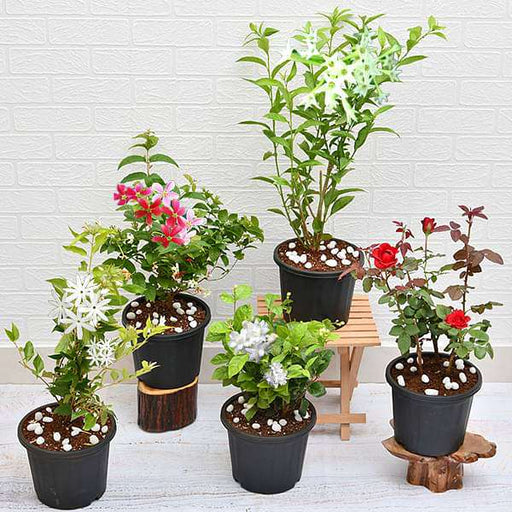 Save 30%
Save 30%
5 Best Fragrant Plants Transform your garden or indoor space into a fragrant paradise with our curated selection of the 5 Best Fragrant Plants. Th...
View full details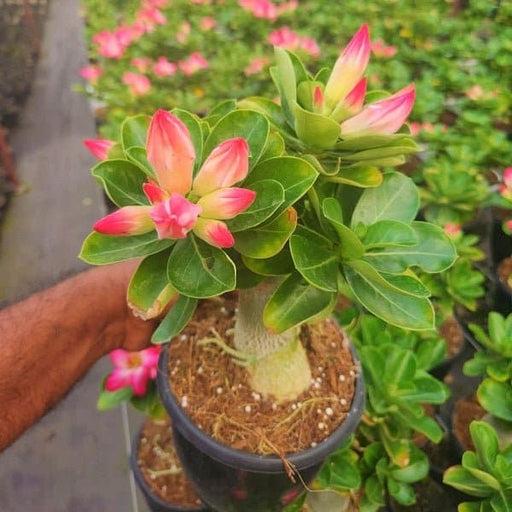
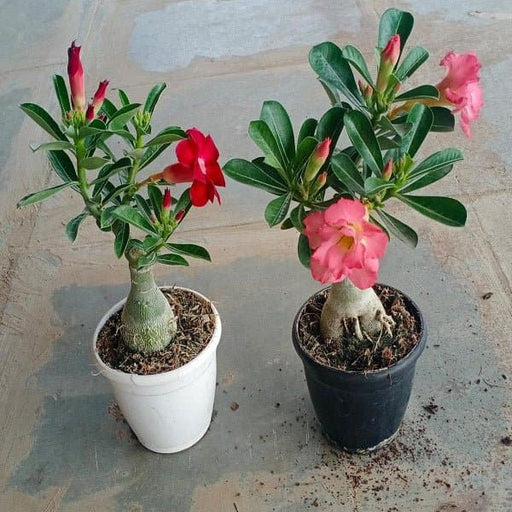 Save 24%
Save 24%
Set of 2 Bonsai Looking Grafted Adeniums Transform your indoor or outdoor space with our exquisite Set of 2 Bonsai Looking Grafted Adenium...
View full details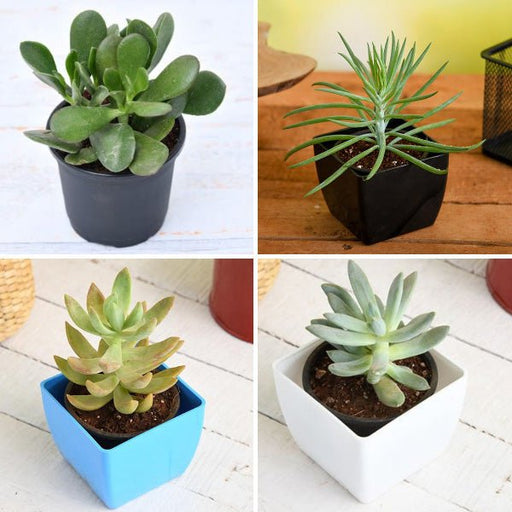 Save 45%
Save 45%
Top 4 Die Hard Succulents Pack Transform your indoor or outdoor space with our Top 4 Die Hard Succulents Pack, featuring a curated selecti...
View full details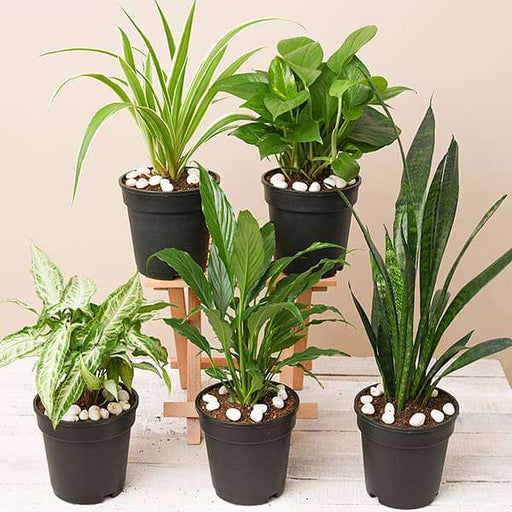
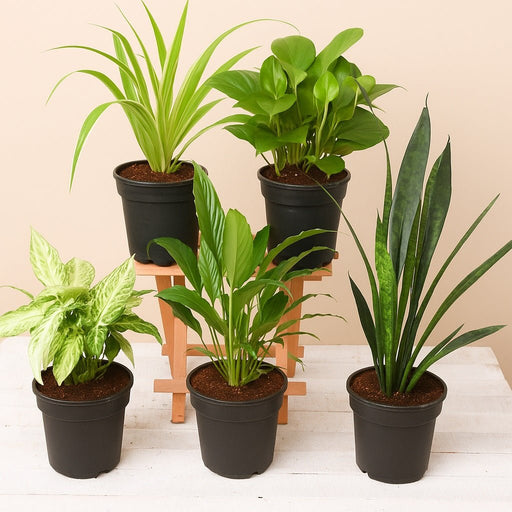 Save 30%
Save 30%
5 Best Indoor Plants Pack Transform your living space into a lush oasis with our '5 Best Indoor Plants Pack.' This carefully curated collection fe...
View full details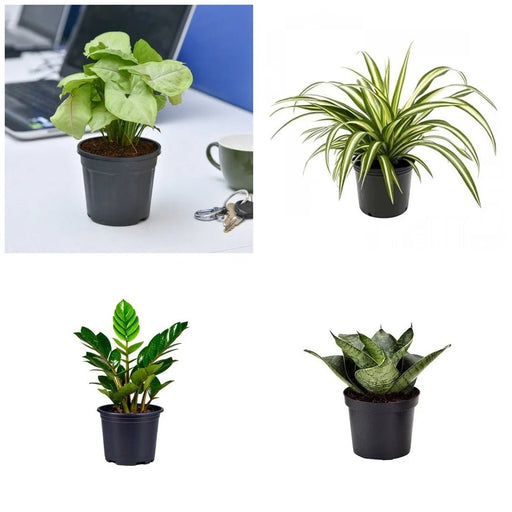
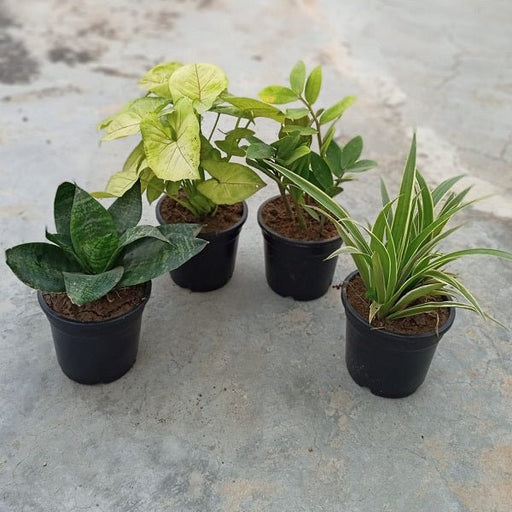 Save 25%
Save 25%
Set of 4 Evergreen Air Purifier Plant Pack Transform your indoor space into a lush, green oasis with our Set of 4 Evergreen Air Purifier Pla...
View full details| SrNo | Item Name |
|---|---|
| 1 | Beehive Ginger, Zingiber spectabile - Plant |
Beehive Ginger, scientifically known as Zingiber spectabile, is a stunning tropical plant native to the lush rainforests of Southeast Asia. Renowned for its unique, honeycomb-like flower spikes that resemble a beehive, this perennial plant adds a striking visual element to any garden or indoor space. The vibrant yellow to orange flowers bloom in clusters, attracting pollinators and creating a lively atmosphere.
With its lush green foliage and exotic appearance, Beehive Ginger is not only a feast for the eyes but also a symbol of tropical beauty. This plant thrives in warm, humid environments, making it a perfect choice for gardeners looking to create a tropical oasis.
Beehive Ginger stands out due to its unique floral structure and vibrant colors, making it a favorite among gardeners and floral enthusiasts. Its ability to attract bees and other pollinators contributes positively to the ecosystem, promoting biodiversity in your garden.
Additionally, the rhizomes of Zingiber spectabile are edible and have been used in traditional medicine for their potential health benefits, including anti-inflammatory properties. This dual-purpose plant not only beautifies your space but also supports local wildlife and offers culinary possibilities.
One of the most remarkable features of Beehive Ginger is its striking flower spikes that can grow up to 3 feet tall, making it a focal point in any garden. The plant can reach heights of 4 to 6 feet, providing a lush backdrop for other plants. Its unique appearance and vibrant colors make it a popular choice for tropical-themed gardens and landscaping projects.
If you think ginger is just for your tea, think again! Beehive Ginger, or Zingiber spectabile, is not only a feast for the eyes with its unique beehive-like flowers, but it also packs a punch in the health department. This tropical beauty is known for its anti-inflammatory properties and can help soothe those pesky aches and pains. Plus, it’s a natural remedy for digestive issues. Who knew that a plant could be your new best friend?
Caring for Beehive Ginger is like nurturing a diva; it requires just the right amount of attention. This plant loves humidity and well-drained soil, so make sure to keep it cozy. Water it regularly, but don’t drown it—this isn’t a swimming competition! With a little love and the right conditions, your Beehive Ginger will thrive and reward you with stunning blooms.
Zingiber spectabile is the show-off of the plant world. With its striking, cylindrical flower spikes resembling a beehive, it’s hard not to be captivated. The leaves are large and lush, providing a perfect backdrop for its flamboyant blooms. This plant can grow up to 6 feet tall, making it a real statement piece in any garden. It’s like the celebrity of the botanical world, always ready for its close-up!
Want to spread the love? Propagating Beehive Ginger is easier than you think! You can do it through division or by planting rhizomes. Just make sure to give each new plant its own space to grow and shine. With a little patience and care, you’ll have a mini Beehive Ginger empire in no time. Who wouldn’t want to be the proud parent of multiple beehive beauties?
Beehive Ginger isn’t just a pretty face; it has a variety of uses that will make you appreciate it even more. The rhizomes can be used in traditional medicine, while the flowers are often used in floral arrangements. They add a tropical flair that’s hard to resist. Plus, they can be used in culinary dishes for a unique twist. Talk about versatility—this plant is the Swiss Army knife of the garden!
Native to the tropical rainforests of Southeast Asia, Beehive Ginger thrives in warm, humid environments. It’s like a plant that’s always on vacation, soaking up the sun and enjoying the moisture. If you want to replicate its natural habitat, think warm temperatures and plenty of humidity. Just remember, this isn’t a plant for the cold-hearted; it prefers to stay toasty!
When it comes to flowering, Beehive Ginger doesn’t hold back. Its blooms are a sight to behold, with vibrant colors that attract pollinators like bees and butterflies. The flowers emerge from the top of the beehive-like structure, creating a stunning visual display. If you’re looking to add some pizzazz to your garden, this plant will certainly do the trick. It’s like a party in your backyard!
Who knew Beehive Ginger could spice up your kitchen? The rhizomes can be grated or sliced to add a zesty kick to your dishes. They’re perfect for stir-fries, salads, or even as a garnish. Just be careful not to overdo it; a little goes a long way! Your taste buds will thank you for introducing this tropical delight into your culinary repertoire.
If you’re looking to make a statement in your garden, Beehive Ginger is your go-to plant. Its unique appearance and lush foliage make it an eye-catching addition to any landscape. Use it as a focal point or as part of a tropical-themed garden. It’s like the cherry on top of your gardening sundae, adding flair and personality to your outdoor space.
Like any diva, Beehive Ginger can attract a few unwanted guests. Watch out for pests like aphids and spider mites, which can wreak havoc on your beautiful plant. But fear not! A little neem oil or insecticidal soap can help keep these pesky critters at bay. With a bit of vigilance, your Beehive Ginger will remain the star of the show, free from unwanted drama.
While Beehive Ginger is a showstopper on its own, there are several varieties that can add even more flair to your garden. From different flower colors to varying leaf shapes, these varieties offer a delightful twist on the classic. Collect them all and create a Beehive Ginger collection that will have your neighbors buzzing with envy. Variety is the spice of life, after all!
Beehive Ginger, or Zingiber spectabile, is a tropical plant known for its unique, honeycomb-like flower clusters. These vibrant blooms resemble a beehive, hence the name! Native to Southeast Asia, it’s a showstopper in gardens, attracting both bees and admirers alike. Just don’t expect honey; this plant is all about the looks!
Caring for Beehive Ginger is like pampering a diva! It loves bright, indirect sunlight and well-draining soil. Keep it moist but not soggy—think of it as a spa day for your plant. Fertilize during the growing season, and watch it flourish like the star it is. Just don’t forget to give it some love!
Absolutely! Beehive Ginger can be a fabulous indoor companion. Just ensure it gets enough light—preferably near a window with filtered sunlight. Keep the humidity high, and it’ll thrive like a tropical vacation in your living room. Just be prepared for some curious guests asking about your exotic plant!
Beehive Ginger prefers a warm climate, ideally between 65°F to 85°F (18°C to 29°C). It’s not a fan of frost, so keep it cozy indoors during chilly months. Think of it as your plant’s personal tropical getaway—no snow allowed! Just remember, the warmer, the happier!
Water your Beehive Ginger when the top inch of soil feels dry—about once a week should do the trick. It’s like giving your plant a refreshing drink after a long day. Just avoid drowning it; this diva prefers a light sip over a full-on swim!
Oh, absolutely! Beehive Ginger is a magnet for pollinators, especially bees and butterflies. Its stunning flowers are like a five-star buffet for these little critters. Plant it in your garden, and you’ll have a buzzing party right outside your window. Just sit back and enjoy the show!
While Beehive Ginger is a feast for the eyes, it’s not exactly a culinary superstar. The rhizomes are not commonly consumed and can be a bit fibrous. So, unless you’re looking to impress your friends with a plant-based dish that’s more for show than taste, stick to the garden decor!
It’s a no-go. Think of it as a tropical vacation—no snowflakes allowed!
Keep an eye out for pesky pests like aphids and spider mites. They can be as annoying as a fly at a picnic! Regularly inspect your plant, and if you spot any intruders, a gentle spray of insecticidal soap will send them packing. Your Beehive Ginger deserves a pest-free life!
Beehive Ginger is a slow but steady grower. With the right care, you can expect it to reach its full glory in a couple of years. Patience is key! Just think of it as a fine wine—great things take time, and the wait will be worth it!
Yes, you can! Propagation is like giving your Beehive Ginger a family reunion. You can divide the rhizomes during the growing season. Just ensure each piece has a few roots and a bud. Plant them in well-draining soil, and soon you’ll have a whole clan of these beauties!